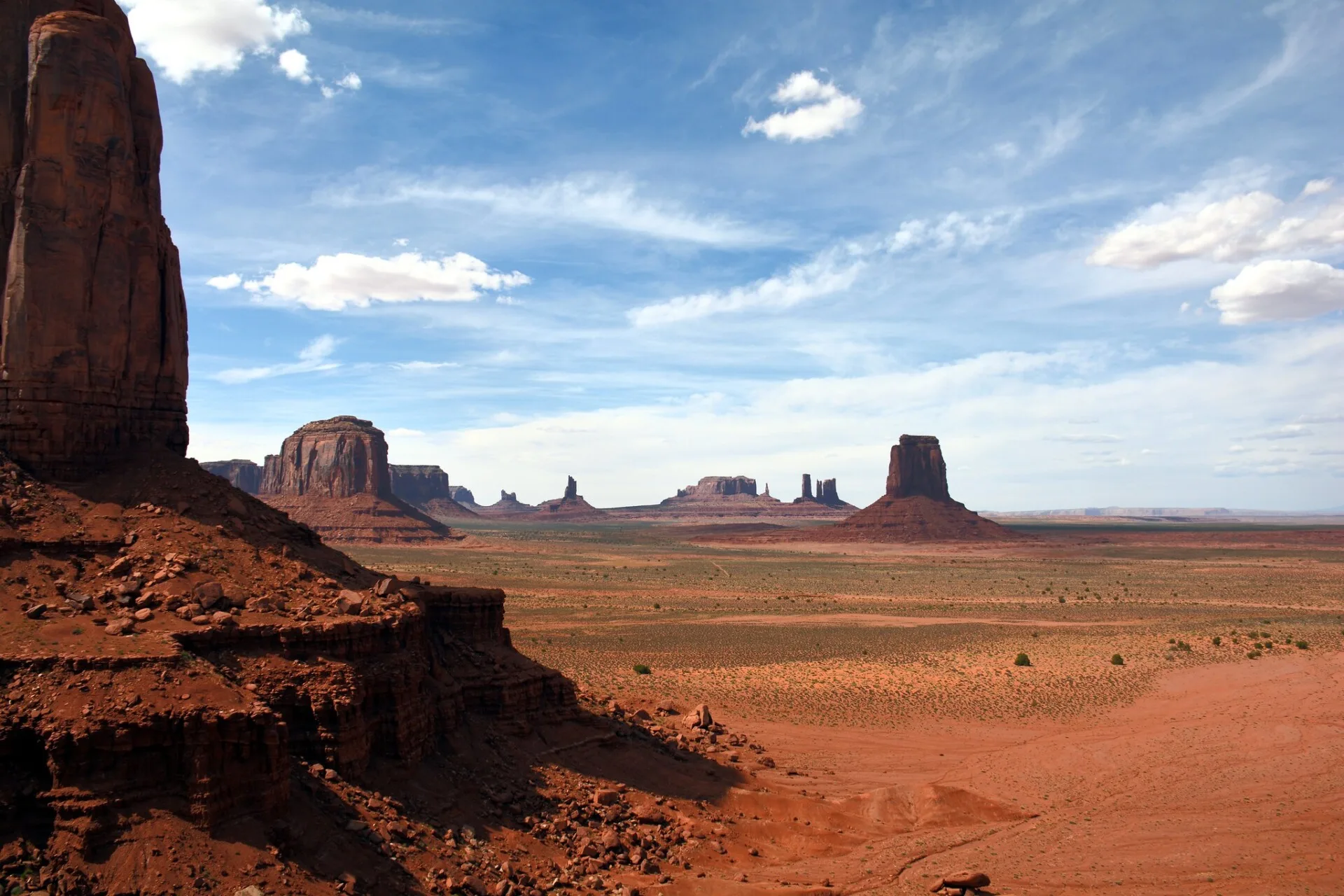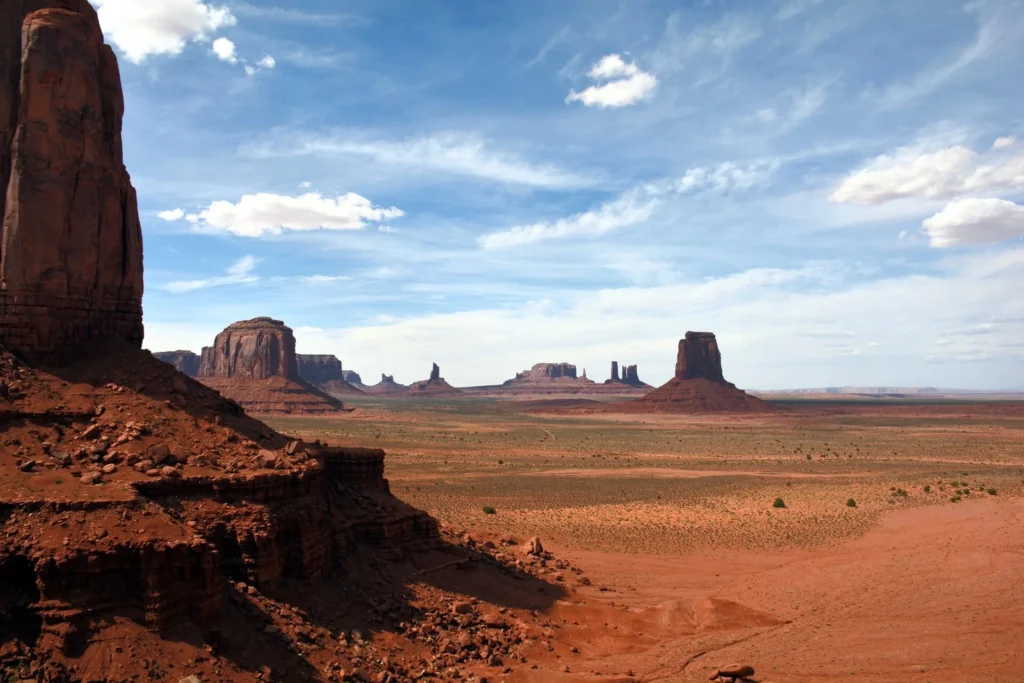

So This Is Where God Put the West
Monument Valley's Historical Significance in Hollywood Westerns
The quote above came from John Wayne after first seeing Monument Valley. I have taken thousands of landscape photos before this one (May 2014) and thousands since. I believe this is the best of the bunch.
In 1938, a “tall, lanky cowboy in the style of Gary Cooper,” as one studio acquaintance described him, walked into United Artists’ Studios in Los Angeles and asked a receptionist if he could talk to someone, anyone, about a location for a western movie. Harry Goulding ran a small trading post at the northwest rim of Monument Valley. A Colorado native, Goulding had moved to the valley in 1925, when the land was public, and had become popular with the Navajo for his cooperative spirit and generosity, often extending credit during difficult times. The Depression, a drought and problems created by overgrazing had hit the Navajo and the trading post hard. So when Goulding heard on the radio that Hollywood was looking for a location to shoot a western, he and his wife, Leone, nicknamed Mike, saw a chance to improve their lot as well as the Indians’.
“Mike and I figured, ‘By golly, we’re going to head for Hollywood and see if we can’t do something about that picture,’” he later recalled. They gathered photographs, bedrolls and camping gear and drove to Los Angeles.
According to Goulding, the United Artist receptionist all but ignored him until he threatened to get out his bedding and spend the night in the office. When an executive arrived to throw Goulding out, he glimpsed one of the photographs—a Navajo on horseback in front of the Mittens—and stopped short. Before long, Goulding was showing the images to 43-year-old John Ford and a producer, Walter Wanger. Goulding left Los Angeles with a check for $5,000 and orders to accommodate a crew while it filmed in Monument Valley. Navajos were hired as extras (playing Apache’s), and Ford even signed up—for $15 a week—a local medicine man named Hastiin Tso, or “Big Man,” to control the weather. (Ford evidently ordered “pretty, fluffy clouds.”) The movie, released in 1939, was Stagecoach and starred a former stuntman named John Wayne. It won two Academy Awards and made Wayne a star; it also made the western a respected film genre.
John Ford would go on to shoot six more westerns in Monument Valley: My Darling Clementine (1946), Fort Apache (1948), She Wore a Yellow Ribbon (1949), The Searchers (1956), Sergeant Rutledge (1960) and Cheyenne Autumn (1964). In addition to introducing the valley’s spectacular scenery to an international audience, each movie pumped tens of thousands of dollars into the local economy. The shoots were usually festive, with hundreds of Navajo gathering in tents near Goulding’s trading post, singing, watching stuntmen perform tricks and playing cards late into the night. Ford, often called “One Eye” because of his patch, was accepted by the Navajo, and he returned the favor: after heavy snows cut off many families in the valley in 1949, he arranged for food and supplies to be parachuted to them.
It’s said that when John Wayne first saw the site, he declared: “So this is where God put the West.” Millions of Americans might agree. The valley soon became fixed in the popular imagination as the archetypal Western landscape, and tourists by the carloads began arriving. In 1953, the Goulding’s expanded their two stone cabins into a full-fledged motel with a restaurant manned by Navajo. To cope with the influx (and discourage, among other things, pothunters in search of Anasazi relics), conservation groups proposed making the valley a national park. But the Navajo Nation’s governing body, the Tribal Council, objected; it wanted to protect the valley’s Indian residents and preserve scarce grazing land. In 1958, the council voted to set aside 29,817 acres of Monument Valley as the first-ever tribal park, to be run by Navajo on the national park model, and allocated $275,000 to upgrade roads and build a visitors center. The park is now the most visited corner of the Navajo reservation. “The Navajo Nation were really the trailblazers for other Native American groups to set up parks,” says Martin Link, former director of the Navajo Museum in Window Rock, Arizona, who helped train the first Navajo park rangers in the early 1960s.
